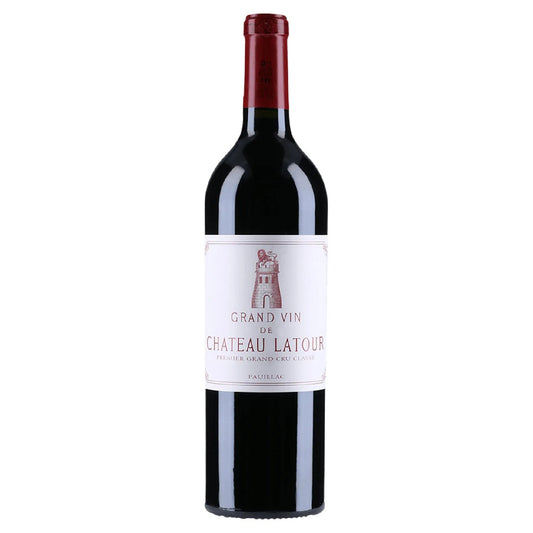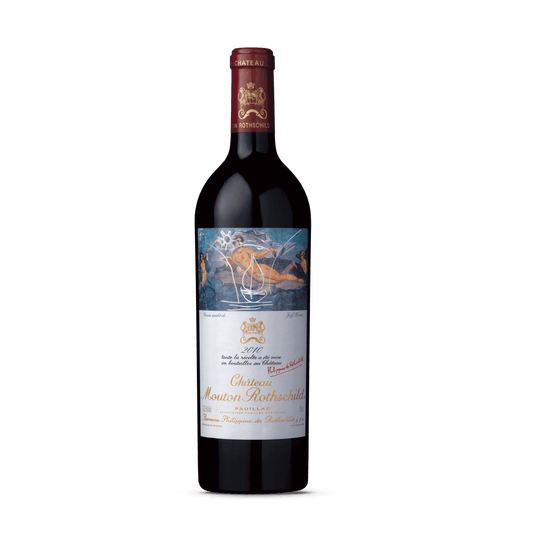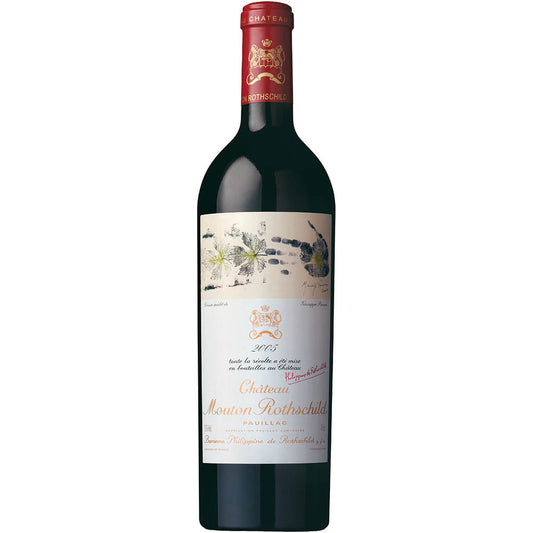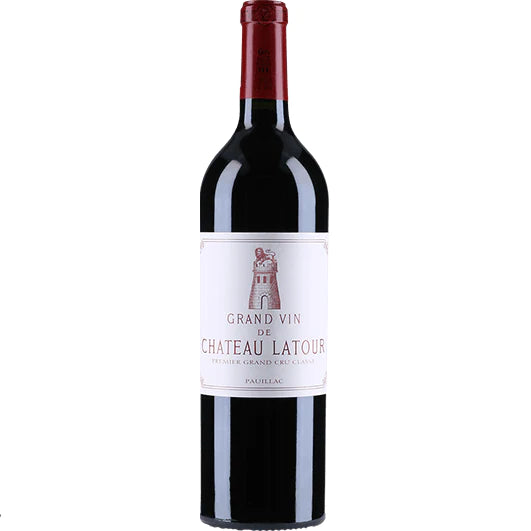Welcome to the magnificent world of Bordeaux wines! This French region has been producing exceptional wines for centuries, and we're about to embark on a journey to explore the differences between Left Bank and Right Bank Bordeaux wines. Get ready to indulge in each bank's unique charm, character, and winemaking techniques, resulting in wines with distinct qualities and flavours.
First off, let's talk location and terroir. The Left Bank is situated west of the Gironde River, while the Right Bank lies east. Each region has a distinct soil type and microclimate that plays a significant role in the grape varieties grown and the resulting wine styles.
On the Left Bank, we have Médoc, a sub-region famous for its Cabernet Sauvignon-dominant blends. The gravelly soils offer excellent drainage and warmth, ideal for ripening Cabernet Sauvignon grapes. The maritime climate adds elegance and finesse to the wines, resulting in a divine taste.
On the other hand, the Right Bank is home to regions like Saint-Émilion and Pomerol, known for their Merlot-driven wines. The clay and limestone soils retain moisture, providing a consistent water supply for the vines and allowing the Merlot grape to reach its full potential. The continental climate here tends to be slightly warmer, resulting in riper, fruit-forward wines.
Next, let's discuss the primary grape varieties used in Bordeaux wines. On the Left Bank, Cabernet Sauvignon is the dominant grape variety, offering structure, tannins, and dark fruit flavours to the wines. Merlot, Cabernet Franc, Petit Verdot, and Malbec are also used in varying proportions to add complexity to the final blend. Merlot is the principal grape variety on the Right Bank, providing a plusher mouthfeel, ripe red fruit flavours, and a softening effect on tannins. Cabernet Franc and a smaller amount of Cabernet Sauvignon are used in blends, contributing aromatic qualities and structure.
Finally, let's talk wine styles. Left Bank wines are often described as powerful, structured, and age worthy. The higher presence of Cabernet Sauvignon contributes to firm tannins and a strong backbone, resulting in wines that evolve into complex, refined bottles with notes of cassis, cedar, and tobacco. Meanwhile, Right Bank wines exhibit a more approachable and fruit-forward nature, with softer tannins and luscious plum, cherry, and chocolate flavours. Although they're generally more approachable in youth, many can still age gracefully.
In conclusion, exploring the differences between Left Bank and Right Bank Bordeaux wines provides a fascinating glimpse into the diversity and depth of the Bordeaux winemaking tradition. Both banks offer a delightful array of wines, each with its unique expression of the Bordeaux spirit. So, whether you prefer the firm grip of Cabernet Sauvignon or the velvety embrace of Merlot, there's something extraordinary waiting for you to taste in Bordeaux. Cheers!





